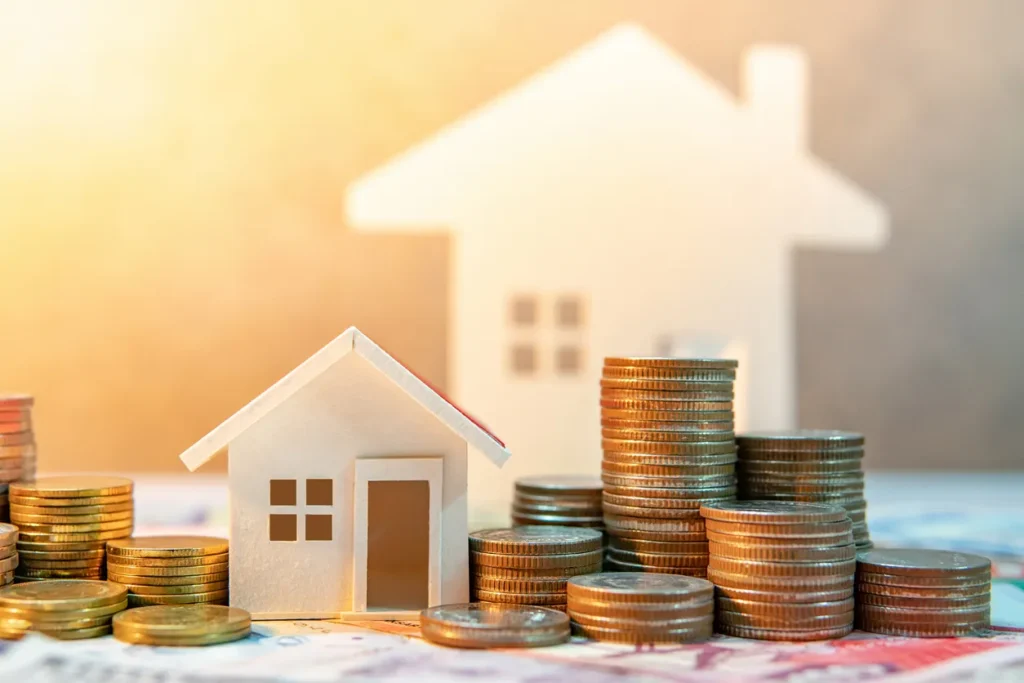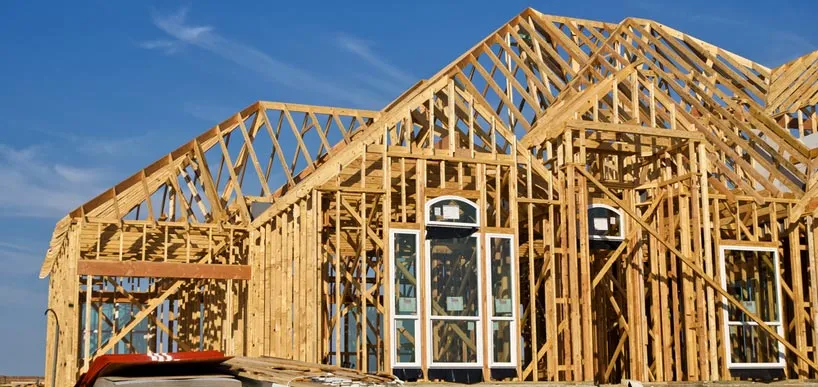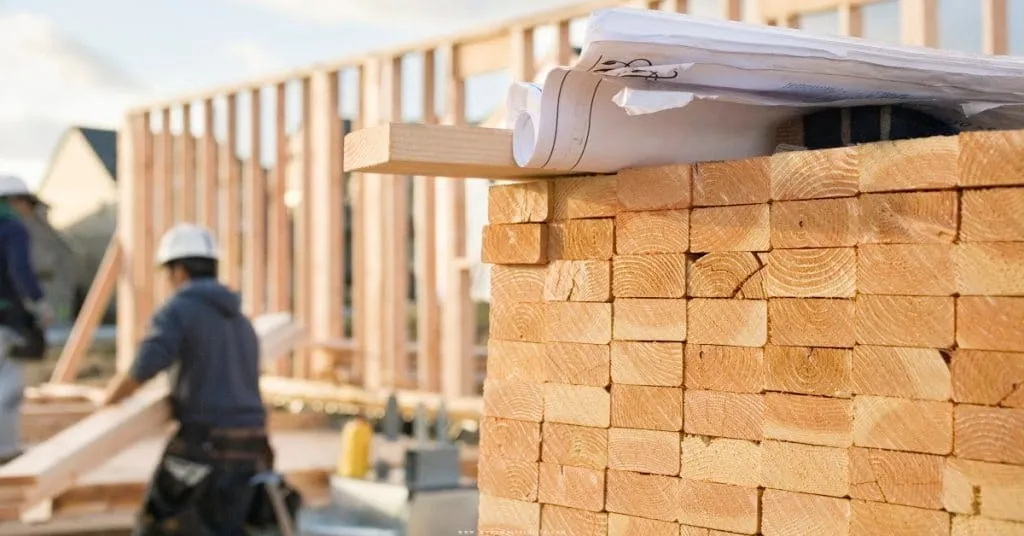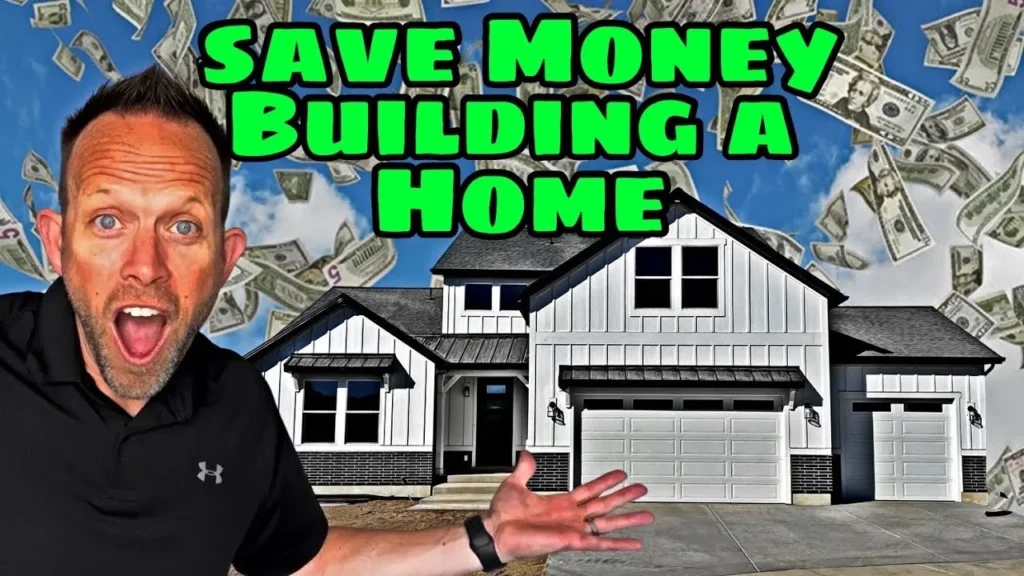Do you know you can still manage operation costs without compromising the quality and materials of the building? All you need to do is follow fast, resourceful tips, and ways to save money when building a house.

Due to the cost and time-wasting involved in building, so many people prefer to buy the property, which can be concluded in less than a month.
However, building a house saves costs with proper planning and strategy, selection of appropriate materials, and making wise decisions during construction.
Why is Building a House Costly?
Many factors combine to raise the price one has to pay for constructing a house.
1. The Cost of Labor: The hiring of masons, electricians, plumbers, and carpenters would be costing an arm and a leg.
2. Cost of Materials: Material used for construction—importantly, wood, cement, steel, and tiles—also might be priced variably and therefore may affect your estimate.
3. Complexity in Design: This adds to the cost because it includes more resources and skills for some unique or complicated architectural design.
4. Permits and Fees: The building permit, inspection fees, and other legal enactments add to the extra cost.
5. Land Preparation: Where there would be some site preparation or uneven terrain, major clearing will add to the overall bill.
This puts you in a better position to make such decisions that will help you keep expenses within their means.
Fast Ways to Save Money When Building a House

Understanding the reasons for the high cost of building, let’s show you these tips for saving money.
1. Set a Reasonable Budget and Stick to It
Clearly define, right from the word go, labor costs, material costs, and contingency costs of your budget. Proper financial planning would prevent you from overshooting your budget limit.
2. Choose Less Complicated Design
Choose a design that is simple in structure and has fewer complexities. For example, an open floor plan and generally a rectangular shape are cheaper to build.
3. Buy Building Materials Wholesalers
Most items purchased in bulk are much cheaper in comparison to buying as single units. Try turning yourself into a contractor of suppliers or other contractors for bulk purchases that will help you access wholesale prices.
4. General Contractor Yourself
If you have the experience or would be able to learn the handling of the project yourself, serving as your contractor saves quite a bit of money in labor costs. Be prepared to coordinate the workers and manage timelines.
5. Use Reclaimed or Recycled Materials
Salvaged wood, recycled metal, and secondhand fixtures are great inclusions that shall help you cut down the costs without actually having to compromise on qualities. Materials like that might give character to your home while saving money.
6. Work During the Off-Seasons
These are those times when labor and materials are much cheaper than in high-demand times. If possible, avoid summer or holiday seasons where demand may be greater.
7. Keep Customizations and Upgrades to the Barest Minimum
The high-end custom features only add to the price of your home. Rather, take help from standard fittings and upgrade them in future years if your financial situation improves.
8. Consider Energy-Efficient Solutions
These would include the installation of energy-efficient systems such as solar panels and LED lighting. The installation is more expensive to install, but over a long time, they will pay for themselves in smaller utility bills.
How Long Does It Take to Build a House?
How long it takes to build a house depends on several factors, including complexity and location. The general estimate would be something like:
- Standard Home: 6–9 months
- Custom Homes: 10–16 months
- Modular or Prefabricated Homes: 3–6 months
Inclement weather, available labor resources, and design changes also apply to how long it will take to build. Having a good plan and sticking to the schedule will help avoid delays and increasing costs.
How Much Should You Save Before Starting Construction?

The amount you save would depend on a lot of factors: location, the size of the house, and personal preference.
Generally speaking, though, try to put down at least 20–30% of the total estimated cost to assure you of financing and fewer loans.
Aside from that, you also need to account for:
10–15% contingency purposes changes that may occur during or before the entirety of the process is complete; this may include increased material prices, finding an unexpected repair that needs to be done.
Savings for furniture and landscaping when the construction is complete. Proper financial planning keeps you from running out of funds when the project is halfway.
What Are the Advantages of Building a House Over Buying One?
As much as many would prefer buying a house over a building, let’s look at the benefits of building a house over buying one:
1. Personalization and Customization: The construction allows you to have a home that meets your needs and tastes better than an older one.
2. Energy Efficiency: New homes can claim the latest in energy savings.
3. Less Repairs and Maintenance: Due to the newness of everything, you have fewer instances for immediate repair costs.
4. Higher Value Appreciation: Custom homes appreciate more in resale value since they boast modern features, besides personalized designs that suit an individual’s taste.
Conclusion
Plans that have invested much thought in saving ways during house construction involve a lot of smart decisions and budgeting.
Take control of your simplicity in design, economies in the purchase of materials, and the avoidance of unnecessary upgrades.
Besides, it is also worth considering the building of your house in off-peak seasons, remembering the energy efficiency solution that enables you to save money in the long term.
Building a home is a huge investment, and the rewards one gets from it are pretty satisfying.
With appropriate strategies for the same, you end up having a beautiful functional home to meet your requirements without breaking the bank.







